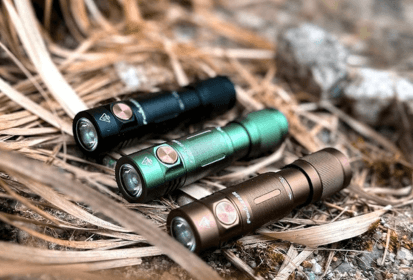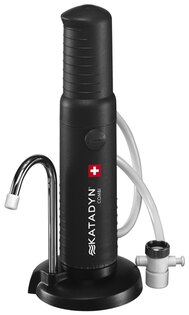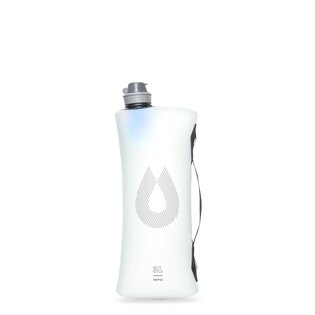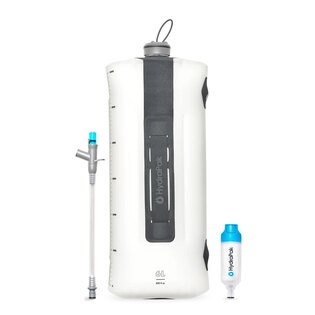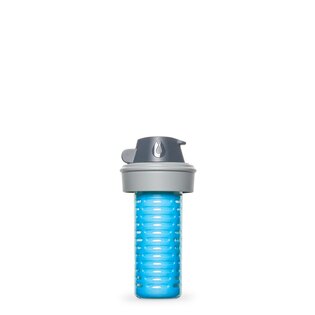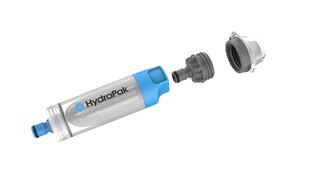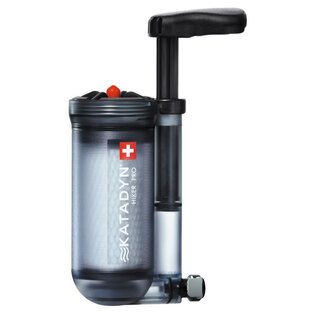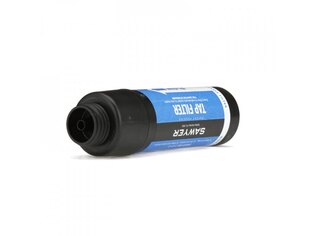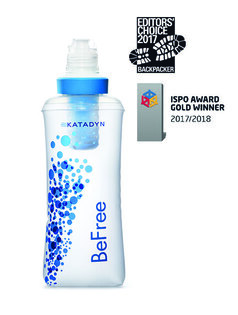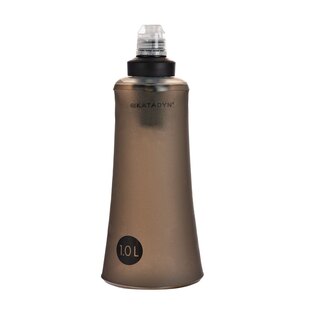Building an Improvised Water Filter: Tips and Techniques
One of the basic necessities for human survival is water. Without enough of it, the body dehydrates, which can ultimately be fatal. So it’s clear: we need water to survive. Sometimes, though, you might run out of supplies and have to rely on natural water sources. When you find water, it’s crucial to filter it — even if it looks clean — to protect yourself from bacteria and harmful substances. If you don’t have a commercial filter with you, don’t worry. You can build an improvised water filter using natural materials. Here’s how.
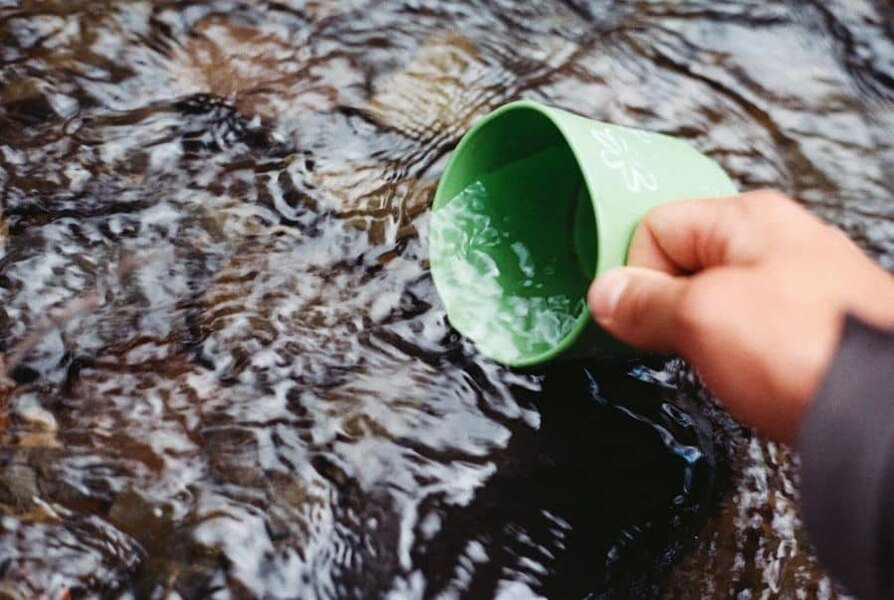
Swiss brand of water filters Katadyn is a leader in its field. Filter prices may be higher than we would expect, but let's not forget that we are buying quality and reliability.
Signs of Dehydration
If you or your companions show any of the following symptoms, act immediately to find water:
- Dry mouth, sticky lips, dry tongue
- Dry skin and headaches
- Fatigue and sluggishness
- Dark urine and constipation
Don't underestimate these signs. Once you find water, you’ll need to filter it carefully to avoid making your situation worse by ingesting bacteria or pollutants.
Why Water Purification Matters
Filtering water is not something to take lightly. Even if a stream looks clean, harmful bacteria and toxins invisible to the naked eye may be present. Drinking contaminated water can cause vomiting and diarrhea, worsening dehydration and threatening your survival.
Water can be contaminated in many ways, such as through fecal pollution or chemical runoff. Always purify natural water sources before drinking — even tap water in some developing regions may not be safe without proper treatment.
Using Natural Resources for Filtration
Nature offers many materials that can help you create an improvised water filter. Here are some options:
Charcoal
If you can build a fire, save some charcoal from the ashes. Charcoal is porous and excellent at trapping impurities and even some bacteria.
Prepare your charcoal early while you still have drinking water available, as it takes time for the wood to burn down properly.
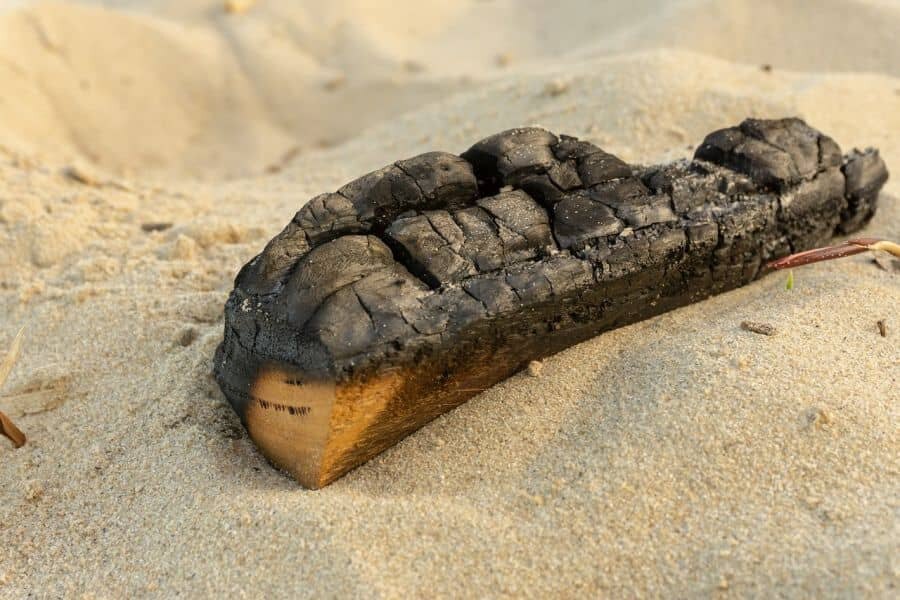
Moss, Sand, and Gravel
Moss can help filter out fine particles from water. Sand and gravel are useful for removing larger debris. These natural layers can effectively filter out physical impurities, although they won’t guarantee 100% pure water. After filtering, it’s strongly recommended to boil the water for at least one minute to destroy any remaining bacteria and viruses.
Assembling a Layered Filter
Use a bag, sack, or even a hollow piece of wood as a container. Layer the materials in this order: moss, sand, gravel, charcoal — and repeat the layers a few times. Tie off the bottom of the bag or container to create a small opening for filtered water to drip through. This type of layered filter is one of the most effective improvised systems because its materials are commonly found in nature.
Filtering Through Cloth
If you have spare fabric (like a T-shirt or bandana), you can also filter water through it. Place the cloth over a container’s opening and slowly pour the water through.
Keep in mind: this method only removes coarse debris. Boiling the water afterward is still necessary to kill pathogens.
Sedimentation Method (Letting Water Settle)
Another option is to let dirty water stand for at least 12 hours. Heavier impurities will settle at the bottom, and you can carefully pour off the clearer water into a clean container. This method will not eliminate viruses or bacteria, so boiling afterward remains crucial.
Filtering Water Through a Branch
A more scientific technique involves filtering water through a piece of wood. You'll need a small branch (about 5 cm long and 3 cm thick) with the bark removed, and a piece of tubing or plastic hose to attach it to. Slowly pour water through the wood. Although slow, this method has been scientifically proven to remove up to 99% of bacteria and impurities.
Other Methods for Obtaining Drinking Water
In extreme situations, you can obtain drinking water by evaporating and condensing seawater.
This process is slow and requires several hours of sunlight, but it can provide crucial hydration in coastal regions.
Remember: desalination is time-consuming but can be life-saving when no other options are available.
Conclusion
Dehydration can quickly turn into a life-threatening situation. If you’re stuck in the wilderness without access to clean water, these improvised filtration methods can be invaluable. Whenever possible, boil your water even after filtering to guarantee it’s safe to drink.
Of course, the easiest solution is to invest in a professional water filter, which you can conveniently purchase in our online shop. Still, knowing how to build a makeshift filter could one day save your life. Stay safe out there — and never underestimate the importance of clean water!
Readers are further interested
